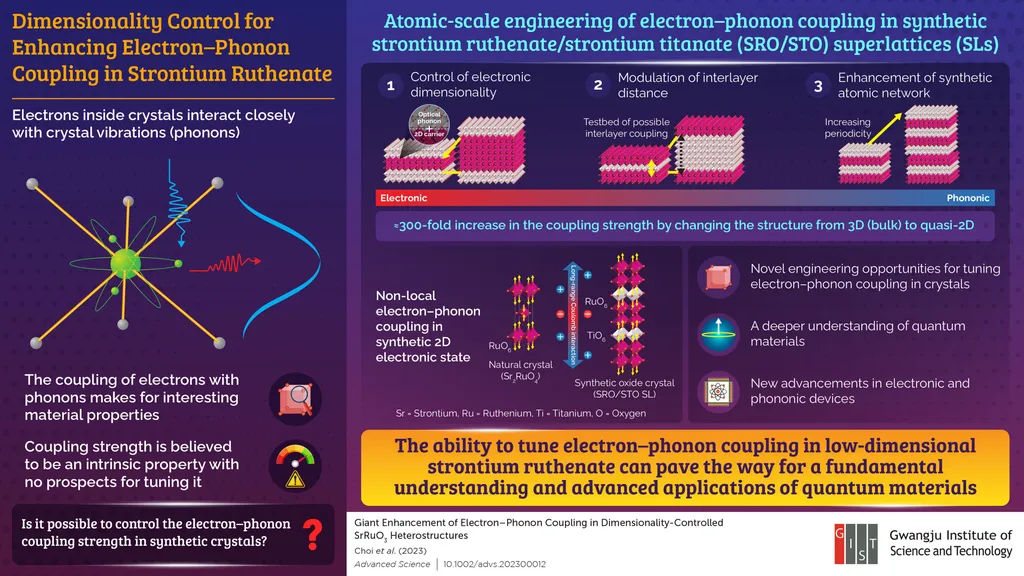In the quest to understand and harness the behavior of materials at the atomic level, scientists have long grappled with the intricate dance between electrons and phonons—vibrations in a crystal lattice. This electron–phonon coupling (EPC) is a fundamental phenomenon that influences a wide range of processes, from charge transport to energy transfer and phase transitions. Accurate computational methods to calculate EPCs from first principles are essential for advancing technologies, particularly in the energy sector. However, the complexity of these calculations has led to a variety of computational strategies, raising questions about their consistency and reliability.
A recent study published in the Journal of Physics Materials (JPhys Materials) addresses these concerns head-on. Led by Konrad Merkel of the Department of Chemistry at the Technical University of Munich, the research provides a systematic benchmark of methods for EPC calculation. The study compares two fundamentally different ab initio methodologies: Gaussian-type orbital methods based on the CP2K code and plane-wave-based projector-augmented-wave methods combined with maximally localized Wannier functions, as implemented in VASP and wannier90.
Merkel and his team investigated these methods on a representative set of organic molecules, including pyrazine, pyridine, bithiophene, and quarterthiophene, which vary significantly in size and flexibility. The findings reveal excellent agreement across implementations and basis sets when employing the same computational approach, demonstrating robust consistency between the numerical schemes. However, noticeable deviations occur when comparing the derivative–of–Hamiltonian (dH) and derivative–of–states (dψ) approaches within each code and for specific cases.
“The consistency we found across different implementations using the same approach is a significant step forward,” Merkel explains. “It gives us confidence in the reliability of EPC computations using the dH method. However, we also identified potential pitfalls associated with the dψ approach, which is crucial for future research and model parameterizations.”
The implications of this research are profound, particularly for the energy sector. Understanding and accurately modeling EPC is essential for developing advanced materials for energy storage, conversion, and transport. For instance, improving the efficiency of solar cells, batteries, and thermoelectric materials relies heavily on a deep understanding of electron–phonon interactions. The study’s findings provide a roadmap for researchers to navigate the complexities of EPC calculations, ensuring more accurate and reliable results.
“Our work emphasizes the importance of choosing the right computational approach,” Merkel adds. “By highlighting the strengths and limitations of different methods, we hope to guide future research and accelerate the development of innovative materials for energy applications.”
As the field of materials science continues to evolve, the insights gained from this study will be invaluable. By ensuring the consistency and reliability of EPC calculations, researchers can push the boundaries of what is possible, paving the way for groundbreaking advancements in energy technologies. The study’s publication in the Journal of Physics Materials, known in English as the Journal of Physics: Materials, underscores its significance and relevance to the broader scientific community.
In the ever-changing landscape of energy research, this work stands as a beacon of clarity and precision, guiding the way toward a more sustainable and efficient future.

